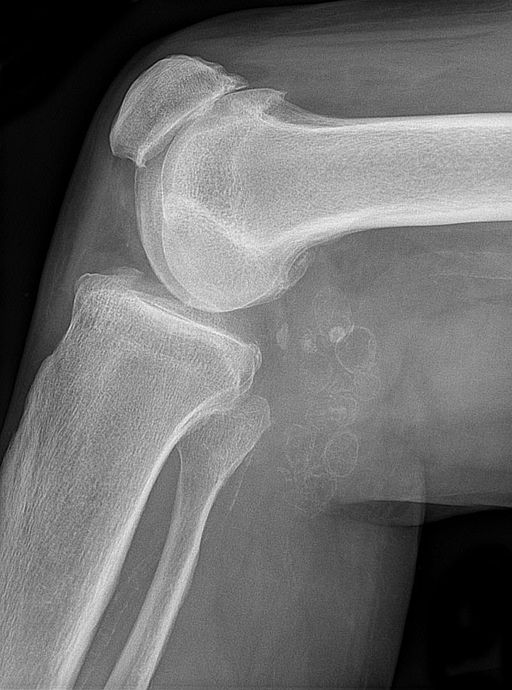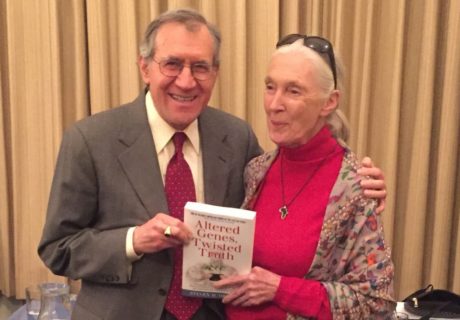A new study published in the New England Journal of Medicine has found that levels of C-reaction protein (CRP) can be significantly reduced by a combination of glucosamine hydrochloride and chondroitin sulphate.
The research, led by Dr Sandi Navarro PhD, studied 18 healthy but overweight subjects for 28 days, randomly assigning them a placebo or a combination of 1,500mg glucosamine hydrochloride plus 1,200mg of chondroitin sulphate daily.
The results found that levels of CRP – a biomarker of inflammation – were reduced by 23% with the supplement combination compared to placebo, and that knee pain was markedly reduced in those suffering knee pain due to moderate to severe osteoarthritis.
The researchers concluded: “Glucosamine and chondroitin supplementation may lower systemic inflammation and alter other pathways in healthy, overweight individuals.”
The research, funded by the National Institute of Health was carried out by scientists from Harvard School of Public Health, Fred Hutchinson Cancer Research Centre, Seattle, and Vanderbilt University, and is said to be the first controlled trial to study the effects of the combined supplements on inflammation on healthy adults.
“Our results are consistent with observational studies reporting an association between glucosamine and chondroitin and circulating concentrations of CRP,” said Navarro. “A major strength of this study is that participants were healthy and free of underlying conditions that might have affected the results.”
The supplements used in the study were provided by Nutramax Laboratories.




